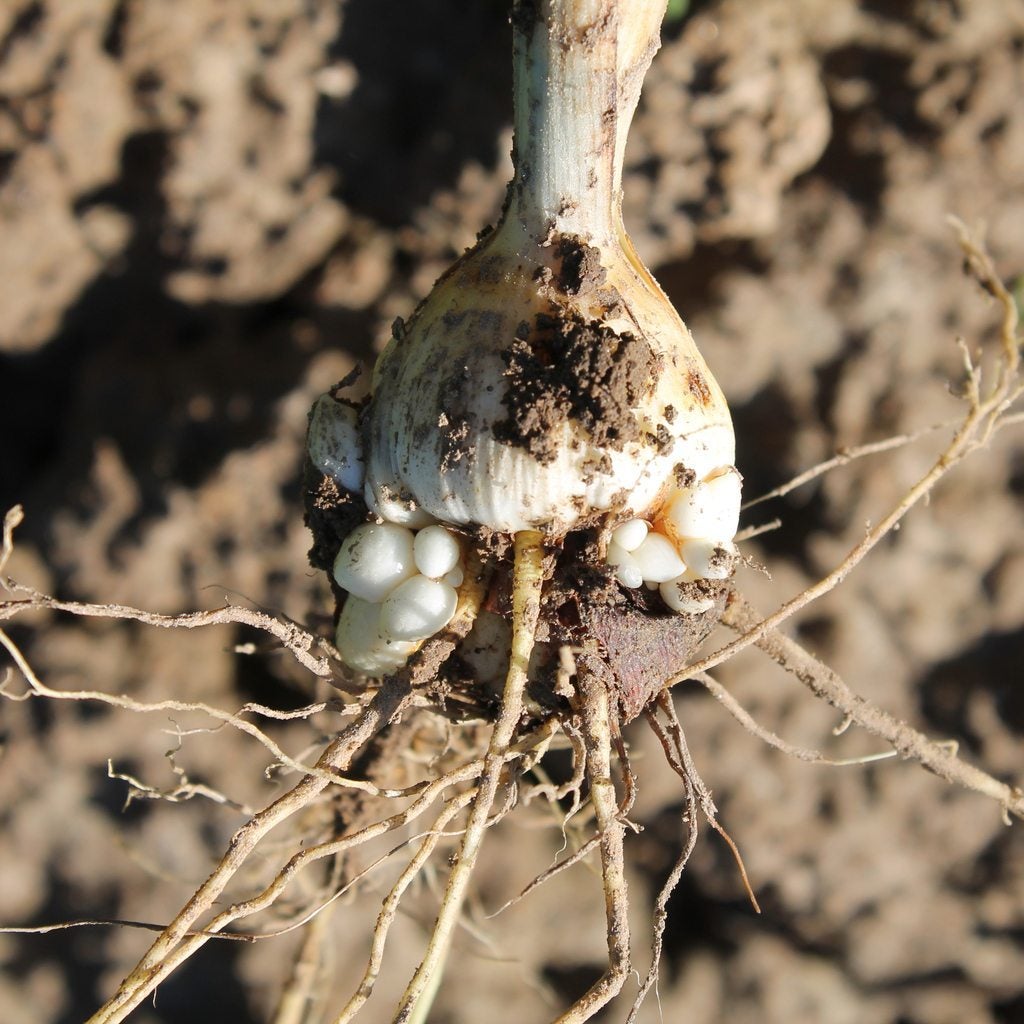What Is A Corm – What Plants Have Corms


Plant storage devices like bulbs, rhizomes, and corms are unique adaptations that allow a species to reproduce itself. These terms may be confusing and are often used interchangeably by unknowledgeable sources. In fact, each is very different, and there is only one true bulb. While corms are also storage structures, they’re part of the stem and perform in very different ways. Continue reading for a breakdown on corm identification and what makes them different from bulbs.
What is a Corm?
Corms occur in many types of plants. What is a corm? Corms are very similar to bulbs but lack the layered scales that characterize true bulbs. They reproduce via cormlets or individual corms, and each can be divided away from the parent to produce exact copies of the plant. Just like rhizomes and tubers, corms are specialized sections of the stem.
In the case of corms, these usually appear flattened to slightly round. Roots grow from the base of the corm under the surface of the soil. The structure has membranous to scaly leaves. In most cases, the parent corm dies back and the cormlets are the source of the plant the next year. The corm absorbs nutrients and stores them for the next year's growth.
This method of vegetative reproduction allows the plant to spread and gives you the opportunity to divide and transplant into other areas of the garden. This is most commonly how to plant corms.
What Plants Have Corms?
Now that you have a few tips on corm identification, what plants have corms? They may be very familiar to you. Generally, corms are perennials, and many develop into spectacular flowering plants.
Gladiolus, crocus, and crocosmia are classic examples of corms. If you dug one of these plants up as it was just beginning to leaf, you would see that the underground part of the plant produces the leaf. The storage organ may look like a bulb, but it has no layers like a true bulb.
As the season progresses, more of the corms are produced which often leaf and may flower. The older corms will eventually shrivel and compost into the soil.
Sign up for the Gardening Know How newsletter today and receive a free copy of our e-book "How to Grow Delicious Tomatoes".
How to Plant Corms
Growing corms is an easy way to provide a landscape full of beauty. Much like bulbs, corms require nutrient rich, well-draining soil. Many like sunny locations but it is best to check on the plant tag to determine the exact exposure.
Plant corms with the pointed side up approximately four times as deep as the diameter of the structure. Every type of plant is different, so it is important to consult the packaging to determine what time of year and how deep to plant.
When plants are mature, it is a good idea to dig up the clump and separate the corms. Select only plump, healthy corms and replant them for the next season.

Bonnie Grant is a professional landscaper with a Certification in Urban Gardening. She has been gardening and writing for 15 years. A former professional chef, she has a passion for edible landscaping.